
When you’re rushing through an airport, scams are probably the last thing on your mind. But that’s exactly what makes travelers easy targets. Scammers know this and seize the opportunity to steal money, personal information, and belongings.
To help you stay one step ahead, here are 11 common airport scams—with tips on how to spot and avoid them.
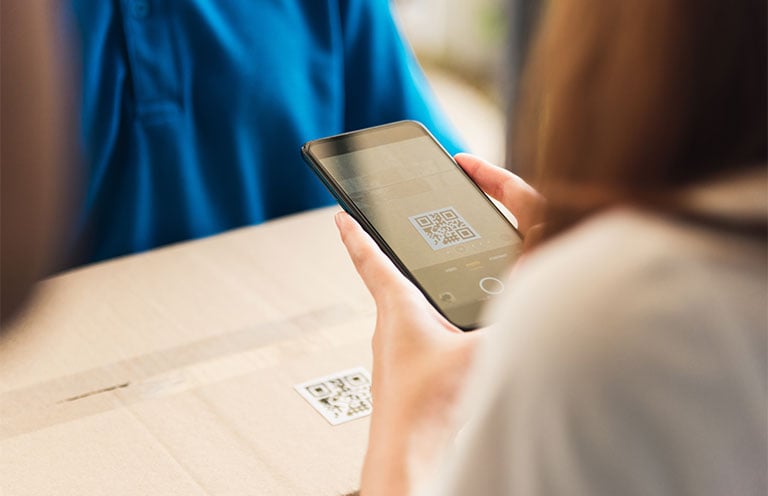
1. QR code phishing (quishing)
QR codes—those square grid-like patterns that can be scanned with your smartphone—offer quick access to online resources such as parking payment and restaurant menus. In airport scams such as QR code phishing, also known as “quishing,” thieves place malicious QR codes in public places or send them through email, text, or mail. When scanned, these fake codes direct you to fraudulent websites that can steal your personal information, install malware, or redirect payments.
How to avoid it
Check for tampering.
Scammers often cover legitimate QR codes with fake stickers. These can be detected by touch, says James Lee, chief operating officer of the Identity Theft Resource Centre. He advises running your finger over the code; if it feels raised or out of place, it might be a scam. Also be suspicious if the referred website requests too many personal details. When in doubt, ask staff for verification.
Use alternative methods.
Instead of scanning a QR code, visit the website directly or use other payment methods, such as cash. Secure websites begin with HTTPS. Make sure any website you access at the airport begins this way, and be cautious of any subtle variations in web addresses meant to trick you (e.g., the misspelling of “google.com” as “gooogle.com”).

2. Wi-Fi and Bluetooth hacking
Public Wi-Fi and Bluetooth connections at airports can be convenient, but they also expose you to cyberattacks. Scammers may create an “evil twin” network with a name similar to the airport's Wi-Fi or impersonate familiar Bluetooth devices to intercept your data once you’re connected.
How to avoid it
Connect to a secure Wi-Fi network.
Turn off Wi-Fi before arriving at the airport. Once you’re at the airport and want to connect your device to Wi-Fi, verify the airport's Wi-Fi on its website or by asking staff, Lee advises. Also avoid public Wi-Fi networks that don’t require a login or ask for unnecessary personal information.
Manage Bluetooth settings.
Keep Bluetooth off while at the airport. If you need to use it, set your device to "non-discoverable" mode, and pair it only with trusted devices.
Avoid sensitive transactions on public Wi-Fi.
For sensitive activities such as online shopping, use your cellular data instead of public Wi-Fi.
What to do if you fall victim to hacking
If your device has been compromised, immediately disconnect it from the internet or Bluetooth. Report the breach to the affected companies, such as your bank or credit card provider. Be sure to report the incident to the airport or airline for investigation, too.
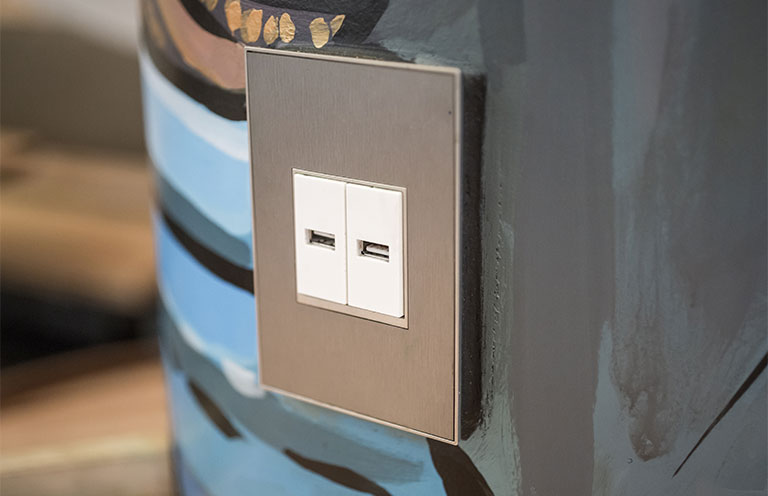
3. USB charging attacks (juice jacking)
When your phone's battery runs low, you might plug it into the nearest USB port. But, unknown to you, that public USB port could be compromised with malware. This type of attack, known as “juice jacking,” is a common airport scam that can lead to undetected data breaches.
How to avoid it
Bring your own charger.
USB cables fitted with spyware are sold online, making juice jacking easy, says Lee. He recommends always bringing your own charger and plugging it into a power socket. Alternatively, use a power bank to charge your phone.
Use power-only USB cables.
Unlike standard USB cables, power-only cables allow only power transfer, blocking data access and reducing the risk of juice jacking.
Consider a USB data blocker.
A USB data blocker prevents data transfer, allowing only power to flow from a public USB port to your device. This protects your device from malware in compromised ports.
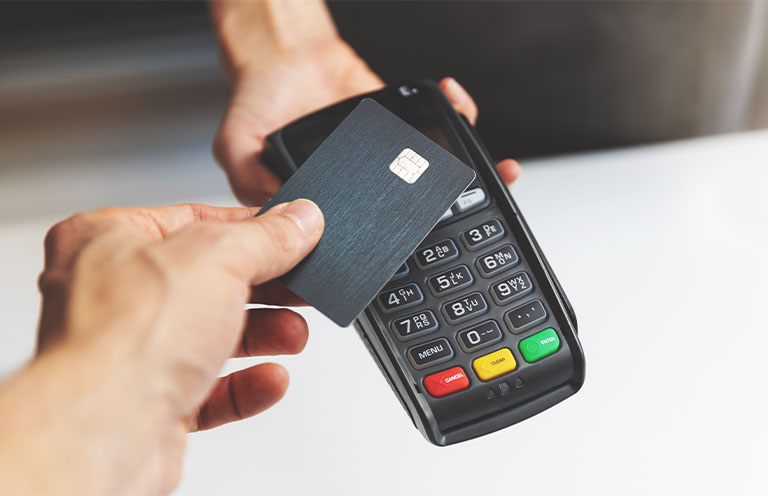
4. Payment card fraud
Payment cards—such as credit cards and debit cards—are convenient for making purchases and withdrawing local currency from ATMs abroad. Their widespread use, however, makes them a target for scammers seeking to steal your money and financial information.
How to avoid it
Check for skimming devices.
Fraudsters can install skimmers on ATMs or card readers to capture data. To protect yourself, inspect card slots and PIN keypads for unusual attachments or loose parts. Additionally, cover the keypad while entering your PIN to prevent hidden cameras from recording it.
Use contactless cards or mobile wallets.
Instead of inserting your card into a reader, opt for contactless cards and digital wallets such as Google Pay. After tapping your card on an ATM’s contactless card reader, choose “NO” when the machine asks if you want to do something else. This prevents scammers from making additional withdrawals after you leave.
Turn off Bluetooth.
Bluetooth skimmers can be placed on ATMs or card readers. If your phone's Bluetooth is enabled while you are near these skimmers, card information stored in your phone may be captured and transmitted to scammers. To safeguard your financial information, turn off Bluetooth.
Use credit cards.
Debit card fraud can lead to immediate financial loss, making credit cards a safer option in the event of fraud. If you promptly report financial fraud to your credit card company, you may not be liable for suspicious charges.
Monitor your account.
Scammers may start with small unauthorized transactions before attempting larger ones. You may also notice declined withdrawals. To monitor your account, regularly review your financial statements and create transaction alerts on your bank and credit accounts.
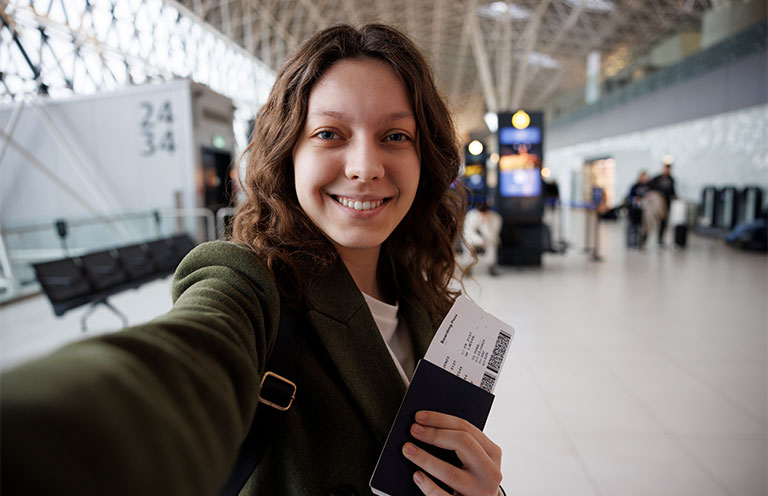
5. Travel document fraud
Sharing photos of boarding passes on social media may seem harmless, but these images can reveal personal details such as your name and booking reference number—details scammers could use to cancel your return flight and for other fraudulent activities. These photos can also signal to thieves that your home is unoccupied.
How to avoid it
Protect your travel information.
Lee says that criminals can use your shared details to create counterfeit documents. His advice: Keep your travel documents secure, avoid oversharing on social media, and dispose of used documents at home rather than at the airport. Also, be cautious of “shoulder surfers” who may try to capture images of your documents while you’re in public.

6. Lounge pass scams
Airport lounges provide travelers with comfortable resting areas, food and beverages, and other amenities. Some lounges require lounge pass apps to access. Scammers exploit this by creating fake apps to steal money and personal information.
How to avoid it
Download apps from official sources.
Only download lounge pass apps from verified links, such as those provided by customer service or the service provider’s official website, advises John Breyault, a fraud expert at the National Consumers League.
Be cautious with app permissions.
Be wary of apps that request excessive permissions, such as access to your SMS messages. Hackers may use one-time passwords sent via SMS to access to your financial accounts.

7. Luggage scams
At the airport, a stranger strikes up a conversation, claiming to be on your flight and asking if you’ll carry one of his bags to avoid excess baggage fees. You agree, but when your bag is screened, you're pulled aside—his bag contains illegal drugs, and the stranger is gone. Luggage scams vary: Fraudsters may distract you to steal or plant items in your bag, or they may offer to carry your luggage, only to disappear with it.
How to avoid it
Carry only your own luggage.
Never agree to transport someone else’s bag, even if they offer money, as it could contain prohibited items.
Keep an eye on your luggage.
Keep a watchful eye on your belongings to avoid tampering or theft. If you suspect tampering, report it to airport security, and request a review of surveillance footage.
Don’t give your bags to strangers.
Scammers may offer to carry your bags, only to later steal them or demand a hefty fee. To avoid this, pack light, use a wheeled suitcase, or utilize luggage trolleys.
Avoid bag wrapping.
Bag wrapping may seem like a good way to protect your bag, but it can be removed during security checks. Instead, use a reusable luggage cover or pack your belongings in waterproof bags. Choose a suitcase without external pockets, and secure it with TSA-approved locks to prevent unauthorized access.
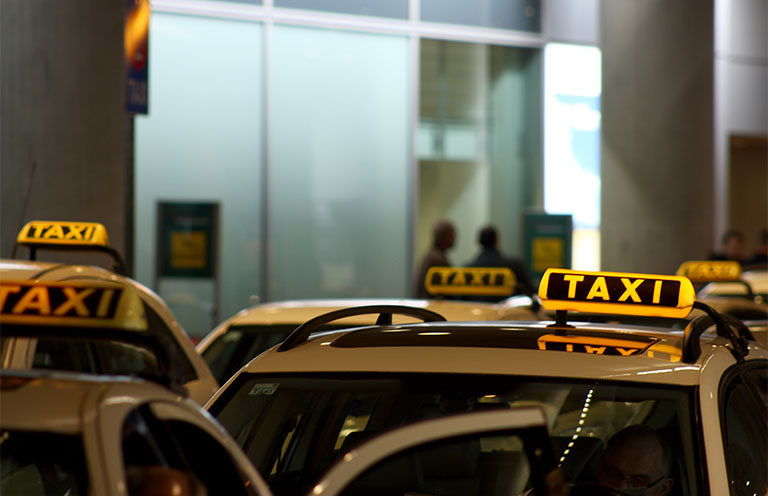
8. Taxi and car rental scams
After a long flight, you’re tired and eager to reach your destination, making you vulnerable to airport scams related to transportation. Taxi drivers may overcharge you, steal your luggage, or skim your payment card, while car rental companies might add unexpected fees. Stay vigilant, even when you’re exhausted.
How to avoid it
Use licensed vehicles.
Book transportation through rideshare apps such as Uber or Lyft. Alternatively, choose taxis licensed by the airport authority. These taxis often bear the authority’s logo and are easy to spot.
Verify pre-booked drivers.
Impostors may pose as your driver, holding placards with your name at arrivals. To avoid being scammed, double-check that the driver and car details match the information that you received when booking.
Document car damages.
Before driving off in a rental car, inspect it carefully for damage and take photos. Report any existing damage to the rental agency immediately to avoid being charged for damages you did not cause.
Read the rental contract carefully.
Don’t rush through the contract. Read it thoroughly, and request clarification on clauses you do not understand. This will help you avoid extra charges for items or services you didn’t request.

9. Fake airport and airline staff
Scammers can dupe you by posing as official staff. All it takes is wearing fake uniforms and badges to appear legitimate. They may also create fake company websites, phone numbers, emails, and social media profiles. By impersonating staff, they can deceive you into handing over your money and personal details.
How to avoid it
Reach out to staff at their workstations.
Scammers tend to avoid official workstations to evade detection. If you need assistance or doubt an employee’s legitimacy, communicate only with staff at designated locations, such as airport service desks or airline gate desks.
Visit the official website.
Scammers can create fake company websites and social media profiles. To protect yourself, ensure you’re on the company’s official website. Official contact details and links to the company’s social media pages will be available on its website.

10. Currency exchange scams
Airport scams at currency exchange kiosks are common, as vendors may offer unfavorable rates or try to shortchange you. Additionally, some vendors may give counterfeit money in exchange for your real currency.
How to avoid it
Exchange currency before you travel.
Purchase foreign currency from local banks, credit unions, online currency exchange platforms, or licensed foreign exchange (“Forex”) bureaus. You can also obtain currency from your local AAA Store. For currencies not readily available where you live, plan to exchange them at your destination. Another tip: Before traveling, ask your bank about the fees for using your debit and credit cards abroad, including purchases and ATM withdrawals. Also ask if your bank offers prepaid travel cards.
Rely on local ATMs or banks.
To cover immediate expenses, exchange a small amount of currency at the airport, and then use local banks, Forex bureaus, or ATMs for the rest. Avoid exchange services in tourist areas, hotels, or remote locations, as they often offer poorer rates. Opt for bureaus in major cities for better exchange rates.

11. Distraction scams
At the airport, you could be targeted by thieves using distraction tactics. These are classic airport scams in which someone might create a diversion—such as dropping an item or creating a commotion—while an accomplice steals your belongings.
How to avoid it
Keep a close eye on your belongings.
Always stay vigilant, even at security checkpoints, cautions Breyault. Wait until the person ahead of you has been screened before you put your valuables on the conveyor belt. Consider marking valuables such as electronics with something unique so that you can quickly identity and report them to security if they go missing.
. . . . .
Airports can be overwhelming, but by staying informed and vigilant, you can identify airport scams, know how to avoid them, and—if you do fall victim—respond appropriately.

